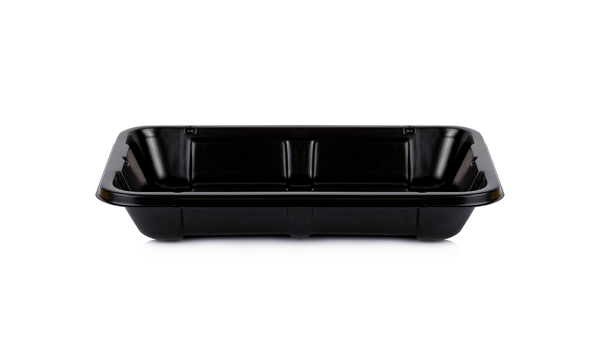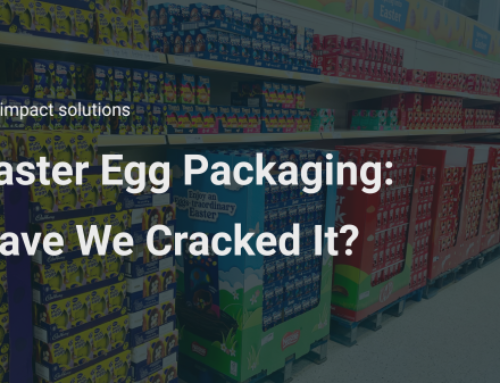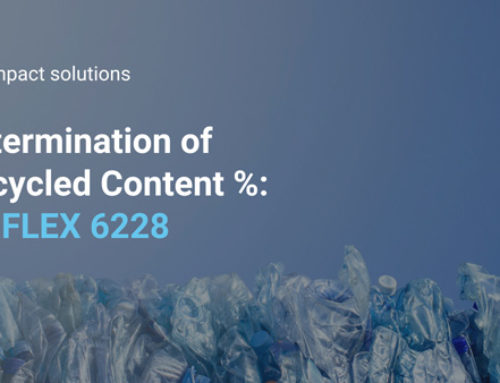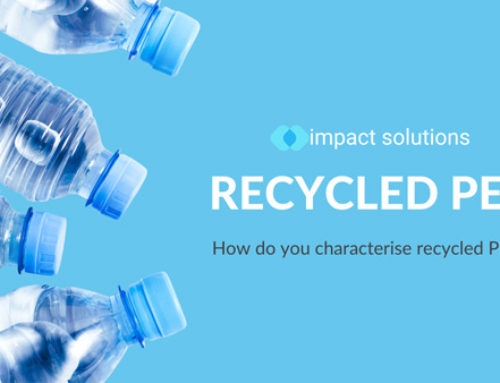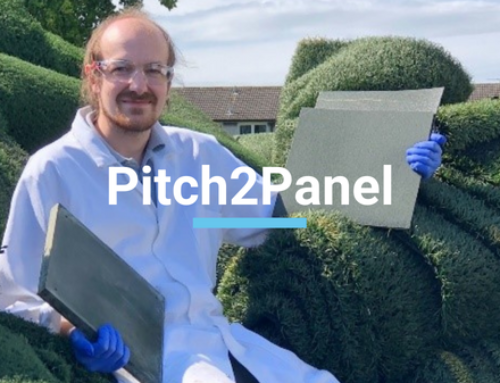Last week, WRAP, the leading UK charity for waste resources released a press statement about black plastics, part of which is reproduced below;
WRAP’s advice to local authorities is to first check with their processor if black plastic is being recycled and how. If it’s not, WRAP advises local authorities to update their householder communications with black plastics in the ‘not recycled’ lists, and the Recycling Guidelines have been updated accordingly.
source http://www.letsrecycle.com/news/latest-news/wrap-tells-councils-to-view-black-trays-as-rubbish/
While we understand that WRAP were talking about black plastic PET trays, the advice is muddled and says that ALL black plastic cannot be recycled. This is poorly thought out and incorrect.
There are now two BOSS processors in the UK, with a capacity of over 8000 tonnes/year of mixed plastic. This mixed plastic can be of any colour, shape or size, including black plastics. As the majority of recycled plastic ends up in black products, by giving the advice not to include black plastic in recyclable bins means the circular economy cannot be achieved.
The diagram below explains how a circular economy should work, with the example of paper. Paper is widely recycled and returned to the supply chain, with 30% new virgin paper joining the 70% which is recycled. This mixed recycle/virgin material is then recycled a second, a third and a forth time, with 30% of the material dropping out to waste each time.
On the other hand, we have plastics. According to the latest Ellen MacArthur Foundation report just 5% of plastic is recycled into new products worldwide. Much of this 5% is black plastic, which will go into new black products.
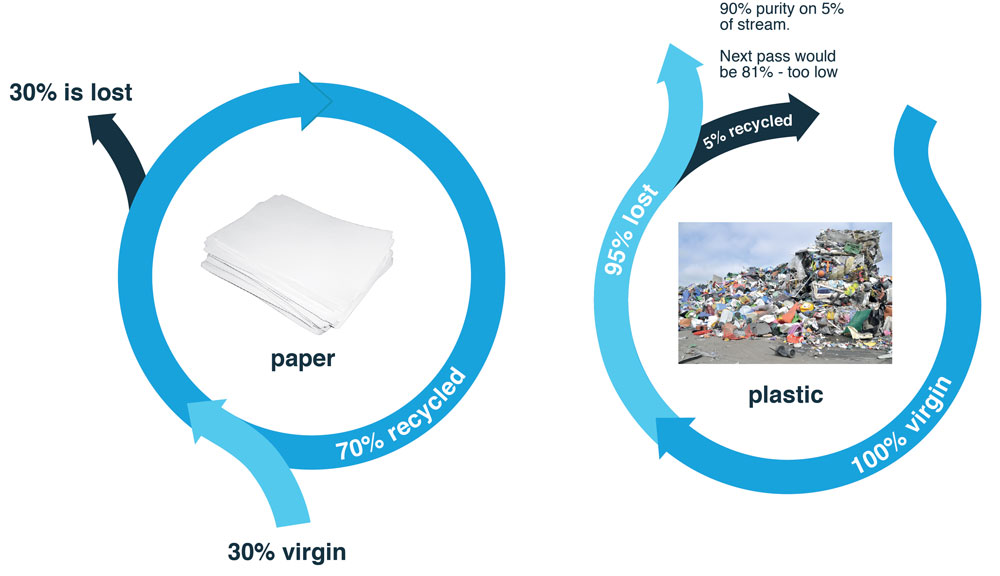
If black plastic was suddenly removed from the recyclable stream, then there would be no circular economy as the circle would no longer be completed as all black plastics drop out.
So what can be done? To be fair, WRAP have spent time looking at black plastic PET trays and how they can be adapted to allow infrared optical systems to detect them. While this work is to be commended a lot of the reason for the lack of recycling of PET trays is the lack of end markets after they have been separated and this is where the plastic community needs to spend more time and effort to ensure these markets are created. Making them blue-black might make them easier to separate, but won’t help create a re-use market.
Switching them to a polymer which can easily be reused – for example PP which finds its way into automotive body parts would make more sense as they can be easily separated using sink/float methods, such as BOSS and there are strong end markets available, would be another viable method.
Meanwhile WRAP should clarify that their new guidance is only for black plastic trays and not all black plastic products to avoid confusion with local councils.

